No Matter Our Mission, We’re All Like-Minded Leaders
Virginia Council of CEOs members represent a wide range of industries and experiences. Whether the organizations they lead are driven by profit, or mission, or both, the CEO’s job is much the same. No matter their mission, whether it be to sell lots of products or support matters of the heart, they all agree on one point: it’s lonely at the top.
“I can’t turn to my employees with a business problem, or to my husband, because he’s in a completely different profession,” says Louise Bagwell-Robinson. She’s the founder and CEO of Millwood School – a 26-year-old nonprofit she started to fill an education void in her local community.
Bagwell-Robinson became a VACEOs member in 2011 after attending a Quarterly Luncheon as a guest. She admits she was a little hesitant to join the organization at first.
“At first, I had some trepidation about joining, because I didn’t know if I had anything to share, she explains. “I didn’t think I knew a lot about business, and I didn’t think I’d have much to offer, but it turns out I really do know a lot, and now I know even more because I’m running a very large organization.”
Her experience teaching at various schools, including the University of Pittsburgh, fueled her desire to start a non-parochial private school for her kindergartner and, later, for her toddler. As an educator and a mom, she knew exactly what she wanted.
“As a mom who happened to be an educator with lots of experience from coast to coast, I wanted three things,” says Bagwell-Robinson. “One, I wanted a place that would challenge the intellect of every student in the school; secondly, I wanted a place that was safe, both literally and figuratively – meaning, I wanted kids to be free to take an intellectual risk, especially girls in math and science; and lastly – and this was very important to me as a mom – I wanted my girls to be in a place where there was an adult who would know if their heart was hurting.”
Millwood School began in 1989 with 20 students, three construction trailers and a 2.5-acre plot of land in the Brandermill subdivision of Midlothian, Virginia. Four years later, the school moved to a different location, then quickly outgrew it. Fast-forward to 2015, as Millwood celebrates its 27th anniversary. The school currently serves 220 students, employs 45 people and sits on 79 acres. The buildings on the property are valued at approximately $7 million, Bagwell-Robinson manages an annual budget of around $3 million, and in 2014 the Richmond Magazine named Millwood Best in Education.
NONPROFIT OR NOT, WE’RE ALL LIKE-MINDED LEADERS
For Bagwell-Robinson, the most valuable benefit of membership in the VA Council of CEOs is the shared experience. “All businesses, whether for profit or not, deal with pretty much the same issues, like budgets, HR concerns, marketing, benefits, taxes,” she says. “VACEOs is so valuable because it’s almost impossible to know all the things there are to know about starting and operating a business. The Roundtable format is a safe environment where you can share your experiences and learn from other people’s mistakes or successes. It’s an extremely helpful process, and it has helped me through business, personal, and even family issues.”
Jennifer Boyden, CEO of Heart Havens, agrees. “There are many things that happen in the role of a CEO. It’s comforting to be around like-minded people and to be able to grow through that experience.”
Heart Havens offers support services and builds homes and communities for adults with intellectual disabilities. The nonprofit began in 1993 as the result of a parent of a child with intellectual disabilities asking her pastor, “Where will my child live when I am gone?” and has blossomed into a non-denominational 501(c)(3) nonprofit that manages 11 homes across the state. The organization employs approximately 110 today.
“We empower adults with intellectual and developmental disabilities to live and thrive in their community by providing a safe, nurturing environment at home and through the support our staff provides,” says Boyden. “Our ultimate goal is to empower the people we support. We want to give them the life they want to have, to help them develop the skills they need to in order to be successful.”
Although relatively new to VACEOs, Boyden has already benefited from the experience. “I have found that my Roundtable has given me the ability to talk about a challenging decision I’ve had to make,” she explains. “I was able to hear other experiences and process my challenge, so that by the end, I was well on the path to developing a plan for resolution. In broader terms, their support has given me the confidence to be a better leader. This means my staff, in turn, gains strength, as it all comes back to the leader. By fortifying those walls, you build strength in the organization.”
MISSION ACCOMPLISHED, BUT STILL MORE TO DO
What’s next for these two dynamic CEOs? Bagwell-Robinson reports that her goals are to build out all of the 79 acres her school currently occupies and max out her Junior Kindergarten through 12th-grade enrollment to 600 students.
“It’s an exciting time for Millwood School,” she says. “We just graduated our third and largest 12th-grade class. Most of the students are going to prestigious Virginia colleges. One student will be attending Stanford. In the near future, we will launch an entrepreneurship program, which I’m really excited about. My goal is to polish this product, if you will, day after day, to make sure it is the best it can be. I’m very proud of what an army of people has done here, and I want to make sure it continues on forever. I feel I was brought to Virginia to create Millwood School. I absolutely love coming to work. It feels so good to do what I’m meant to be doing.”
Jennifer Boyden of Heart Havens is excited about her plans to integrate technology into the lives of the organization’s residents. Her plans include continued expansion, which she feels she’s ready to tackle with confidence.
“Our goal is to fundraise and then purchase and rehab or build an apartment complex in Charlottesville,” says Boyden. “The facility will be very integrated into the community, and it will have technology in place to help folks live more independently. This new venture will truly allow people to experience their own abilities and will do the same for the people around them. These new endeavors are nerve-wracking, and I’m sure my Roundtable will be there to help me maintain my footing and confidence while we head in this new direction.”
Imagine if you had a network of resources to help you navigate through the complex challenges you face each day as a leader. A group of like-minded people to help guide you through your questions about finances, employee concerns or marketing issues. You do in the Virginia Council of CEOs. Learn more here.
Engaging Your Employees. Why You Should Care.
Employee engagement is a metric most companies don’t measure, but it’s one that can have the greatest impact on financial results. In fact, organizations with highly engaged employees outperform others by as much as 202%, said JJ White, Dale Carnegie Certified Executive Coach and Master Trainer during a recent VACEOs Knowledge Network presentation.
If you’re not convinced your employees crave active participation in your organization, check out these stats from White:
• More engaged employees are 480% more committed to helping your business succeed
• They are 370% more likely to recommend your company as an employer
• They are 250% more likely to recommend improvements.
In addition, the less engaged your employees are, the more likely they are to leave, and if you lose a top performer, that can be especially painful to your bottom line.
According to White, “Why people work – and stay working – for your company is hard to identify, even harder to affect and near impossible to sustain unless great attention is given to it. Talent is the only asset that truly differentiates your company from the competition. Take care of it more than anything else in your business. If not, your competition will.”
White adds, “Good employees are hard to find, hard to keep and usually the largest line item on an income statement. Taking care of employees is taking care of business.”
On an eye-opening note, White reports that statistically, only 30 percent of your employees are engaged in your company right now. How do you rectify that? Here’s a high-level snapshot of what we learned.
WHAT DO YOU MEAN, “ENGAGED”?
What is this strange animal we call an “engaged employee”? Simple. It’s your dream employee: someone who cares about the organization as much as you do, who takes ownership of the task at hand and wants to participate in the success of the business, and is an everyday walking and talking embodiment of your mission.
What squashes a culture of engagement? Lots of times, it’s you, the boss, or middle management. The biggest engagement drivers for employees? Relationships with their direct supervisors, belief in senior management and pride in the organization.
According to White, the number-one driver of employee engagement is the performance of front-line supervisors. Seventy-five percent of people who voluntarily leave their jobs do so because of their manager.
GET ENGAGED. HERE’S HOW.
Getting your employees engaged is a process, with steps that don’t necessarily need to be followed in a specific order.
Creating a Culture of Engagement in Your Workplace:
1) Conduct an employee engagement survey. Consider hiring a pro to administrate it and analyze the results.
2) Assemble innovation teams that will address ideas for engagement.
3) Train your managers – and encourage them to focus on the “warm & fuzzy” aspects of managing people.
4) Establish a formal recognition and reward program. Follow it.
5) Develop an Employee Value Proposition statement.
WE’RE ENGAGED. NOW WHAT?
Once your company is on the right track, it’s up to you to keep it there. Do that, and the rewards will be great.
Sustaining a Culture of Engagement
1. Create a culture that encourages engagement.
2. Measure engagement periodically.
3. Develop action plans to address disengagement.
4. Hold managers accountable.
5. Recognize and reward progress.
Ask Yourself:
• Is employee engagement a priority in my business?
• Do I have an employee engagement strategy?
• Am I confident in my plans to engage and retain my talent?]
Want more information on this topic? Contact us or JJ White directly at jj.white@carnegiebusinessgroup.com today!
About JJ White
JJ White joined Dale Carnegie Training as a franchise owner in 2000. He is a Certified Executive Coach and Master Trainer and holds certification in the Sales Effectiveness, Leadership, Employee Engagement, Presentation Effectiveness and Process Improvement curricula. JJ has been a member of the Virginia Council of CEOs since 2011, serving as a roundtable leader and current member of the VACEOs Advisory Board.
His recent accomplishments include induction into the Dale Carnegie Millennium Group, a collection of the top 20 franchises in the world. In 2006, he was named one of “Top 20 Under 40” business leaders in the region by Blue Ridge Business Journal. He is also a past president of the International Dale Carnegie Franchisee Association, a group of 220 franchise owners from over 90 countries. Founded in 1912, Dale Carnegie Training boosts employee engagement by impacting the behaviors of leaders and team members at every level in the organization. As the world’s largest adult training organization, Dale Carnegie is represented in over 90 countries and provides training in more than 30 languages.
Q&A With VACEOs Chairman David Ingram, of Capital TechSearch
Be innovative and hard working.
Be creative.
Love to learn.
In a sense, be David Ingram.
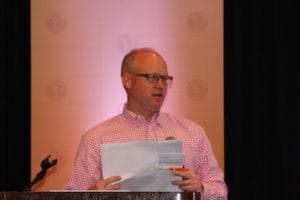 Ingram is an entrepreneur, author, speaker, community leader and family man. And in many ways, he exemplifies a typical VACEOs member.
Ingram is an entrepreneur, author, speaker, community leader and family man. And in many ways, he exemplifies a typical VACEOs member.
More specifically, he’s the author of 15 Bedtime Stories that Keep Entrepreneurs Awake at Night (which maintained a spot on the Amazon Top 100 Business Books list for a respectable stretch) and a long-time member of the Council (since 2006).
Backed by his invaluable business partners Kati Elder-Burak and Barthe van Doorn, Ingram reports that Capital TechSearch, repeatedly shatters industry standards for excellence in the IT search and placement industry, converting 86 percent of its placements to full-time positions – all while upping its overall placement count by more than 30 percent each year. The firm has made the Inc. 5000 Fastest-Growing Companies list three times.
We sat down with Ingram recently to find out what’s changed since his book was published, why he volunteered to be the Council Chairman, and – after all this time – what, if any, new nightmares keep him awake. Here’s what he had to say.
Q: You wrote 15 Bedtime Stories that Keep Entrepreneurs Awake at Night back in 2009. The book documents the lessons you learned while managing your startup through tough economic times to Inc. 5000 status. How has your business changed since your book was published?
A: For one, the IT placement market has completely changed. Kati, Barthe and I began to see new relationships placed between our clients and ourselves. Ultimately, in many cases, we felt like this began to commoditize the candidate, and that changed our fundamental relationship between how we placed people and how we worked with our clients. We realized that approach is not for us. We are a relationship firm. Companies hire us when they want to build an IT team – generally for the long term. We don’t supply the transient workers.
We recruit individuals who have the skills our clients are looking for and who have experience using the tools and skills that are relevant to be successful. We also try to make sure the recruit is in the right time and place in their career to take on a new role when they land. That differentiates us from providing a service that searches a résumé for word the word “Java,” for example. And that’s why people keep coming back to us.
Q: In the beginning of the book, you describe yourself as “as starter, not a maintainer.” You say you like to, “…swoop in, fix, reorient, and then swoop back out.” Would you still describe yourself that way today?
A: I absolutely do still feel like a starter. I’m just in the same business! The market is different, and my role within the company is different as we’ve adjusted to our clients’ needs. It’s an exciting time for me now, and I’m enjoying the new challenges.
Q: You mentioned repeatedly in your book how much you’ve learned from your business advisors and confidants. How has the VACEOs helped you become the successful business owner you are today?
A: There is no way to place a number on the value I’ve received from my membership in the VACEOs. I can’t count that high. What I find valuable is the unexpected help I’ve received for me as the person, not the CEO. In my mind, that is what the Council is about. We all have the same cash flow issues, the same HR issues – but who’s there to help us with the heart-wrenching decisions we have about where we’re going to cut costs and how we’re going to expand? When you’re running a small or medium-sized business, there’s no avoiding responsibility for making tough decisions. That’s a really tough place to live. It’s nice to have a group of people to help you with that.
Q: You’ve been a member of the Council since 2006 and have served as Membership Chair, Retreat Chair, Board member, Vice Chairman and now Chairman. Why so active in the VACEOs community?
A: I view the Council as a really important piece of the Richmond business ecosystem. If, by connection, I can make it better today than it was before I started, then I’m making the Richmond community better. I really view the work as me helping to make other local business leaders successful.
Q: You’re a popular speaker, a successful entrepreneur and a devoted family man. What’s next? Is there a second book on the way?
A: How to be ready financially in the next three years when my twin boys start college is heavy on my mind these days! But, seriously, I feel like I’ve spent the past 10 years raising kids, and I’m in a different mode now – a business growth and expansion/“set new goals” time in my life. We’re expanding as a company, we’re getting recognized for the quality of services we provide, and I definitely believe we’re going to be the last man standing in our line of work because we solve the hard problems and stay in the game even when things are complicated. Great things are on the horizon for us in the next 24 months.
Q: Last question. What, if any, “nightmares” keep you up these days?
A: What keeps me up at night are things that are primarily out of my control – like, for example, when health care laws change. That has a dramatic effect on our profitability.
What’s most important to me is taking care of my family and making sure I enable my employees to be all they can be – enabling them to make their personal and professional goals. As long as I’m doing that, I’ll have a good night’s rest.
Day 1: VACEOs 2015 Retreat Highlights
Want more 2015 information? View Day 2 highlights.
2015 VACEOs ANNUAL RETREAT DAY ONE HIGHLIGHTS
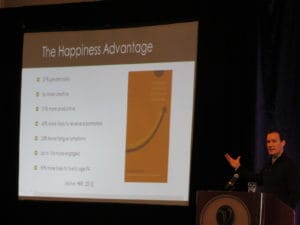
Opening Keynote Speaker: Shawn Achor, “The Happiness Advantage”
Shawn Achor, New York Times bestselling author of The Happiness Advantage and Before Happiness, guided us through his research and showed us how we can increase productivity and decrease the incidence of health problems by changing our mindset.
Here’s what we know:
1. Happiness is a choice
2. You can easily cultivate happiness in the workplace
3. Happiness spreads
4. Happiness = an advantage
Greatest predictors of success:
1. Optimism
2. Strong social connection
3. Perceiving stress as a challenge
>> YOUR ASSIGNMENT<<
A. Ask yourself: How do I perceive my work? As a career? A job? A calling? Remember, the view you see through your lens profoundly shapes the reality of your company.
B. Do these 5 things to create sustainable, positive change in your culture:
1) Three Gratitudes: Write down three NEW things you’re grateful for each day. Rewire your brain for greater optimism.
2) The Doubler: Spend two minutes describing a meaningful experience from the past 24 hours. Double the meaning in your life.
3) Fun 15: Add 15 minutes of fun, active cardio to your routine. Create a cascade of success.
4) Meditation: Invest two minutes to train your brain to just notice your breath. Undo the negative effects of multitasking.
5) Conscious Act of Kindness: Take two minutes to write an email thanking one person in your social support network. Increase the greatest happiness predictor.
The second half of Day One was full of well-attended one-hour Learning Labs – on topics ranging from leadership to law to speaking candidly. Here’s a lesson and a few comments we heard from those in attendance.
Learning Lab: Uncommon Candor, A Leader’s Guide to Straight Talk,
by Nancy Eberhardt, Pathwise Partners
5 Ways to Lead a Culture of Candor:
1) Be vulnerable.
2) Tell people what the real deal is.
3) Go for the facts … like Colin Powell.
4) Get feedback and listen.
5) It’s okay to say you don’t know and to get more brains in the game.
>> YOUR ASSIGNMENT<<
Read The Lost Art of Candor.
Day 2: VACEOs 2015 Retreat Highlights
2015 VACEOs RETREAT DAY TWO HIGHLIGHTS
Keynote Speaker: Cameron Herold, “Zero to Good”
Cameron Herold may be best known as a driving force behind 1-800-GOT-JUNK?’s spectacular growth from $2 million to $106 million in revenue in just six years. During our time together, he was very candid with us, and we liked that! (See First Day Highlights.) The audience was engaged and presented him with lots of thoughtful questions, including, “How do I find the right people?”, “How do you budget for a culture-perfect space?” and, “I’m not a people person, so how do I rally the troops?”
How to Build a Culture of Success:
1) Start with a VIVID vision. Write down your three-to-five-year goal. Key: Be able to express your vision in vivid detail. Hire a writer to create a statement that describes things like what your customers will be saying about you, what operations will look like, what the energy of the company is, etc. Once it’s crafted, keep repeating it over and over (and soon you’ll find others joining your “dance”).
2) Transition out people who don’t share your vision. Your goal is to attract and hunt for only the best. Hire for attitude, skill and core values. Raise the bar on your next hire.
3) Train every employee on how to run a meeting. A culture based on respect and effective communication skills is key. Hint: Each meeting should have a purpose, three goals and an agenda.
4) Provide an attractive office space for your employees. Ask yourself, “Is my personal office space sending the right message?”
5) Understand communication is a two-way street. Review how you’re speaking to the outside world. Does it attract or repel the right people? For example, how are your job descriptions written? Or the copy on your website? It may be time to shake it up a bit. Also, are you really listening to your employees? Do you really know what their dreams and aspirations are? If you genuinely connect with them, you’ll gain their loyalty.
>> YOUR ASSIGNMENT>>
A. Start with Step #1 from above!
 Doug Tatum, “No Man’s Land / Your Company’s Worth and Why”
Doug Tatum, “No Man’s Land / Your Company’s Worth and Why”
Doug Tatum is a repeat Retreat presenter and a recognized expert on the capital markets and the entrepreneurial growth economy; in fact, a number of VACEOs members have cited Doug’s ideas as the catalyst for change and growth in their companies.
We appreciated the fact that he was quick to say it’s completely legal, ethical and appropriate to stay small, but we were there to think BIG – to make our way through No Man’s Land.
Systems that Need to Be in Place to Meet the Growth:
1) Market. Determine exactly what you’re good at. Is it a personal or company trait? (If it’s personal and it can be transferred to your business, then you can scale; if not, stay small.)
2) Management Culture. Your inner circle will change if you trek through No Man’s Land, and so will your ability to give one-off customer experience.
3) Model. Know the size of your industry and how your business compares. Is there room for you if you scale?
4) Money. Capital is king, and you’ll need easy access to lots of it for expensive, top-notch employees, infrastructure changes, etc., to navigate your way through No Man’s Land. (Good news: Tatum suggests there is a trend toward investors backing add-on acquisitions.)
<< YOUR ASSIGNMENT>>
A. Ask yourself: Does it make sense for me to remain a small giant, or should I try to scale?
Want more? Revisit Day 1 Highlights.

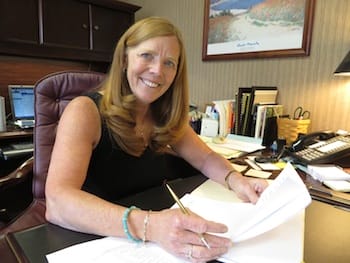
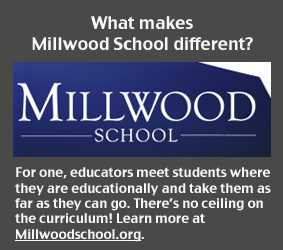
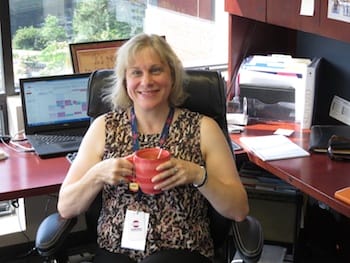
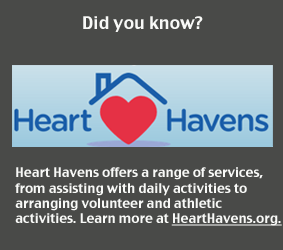
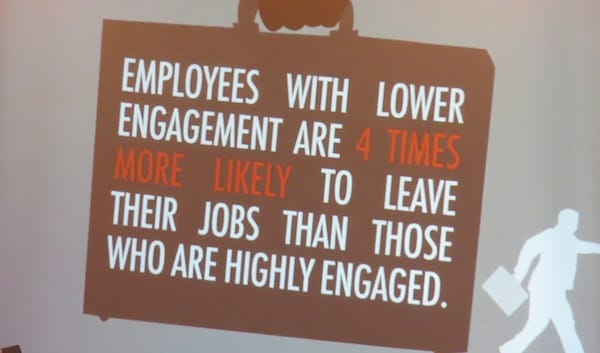
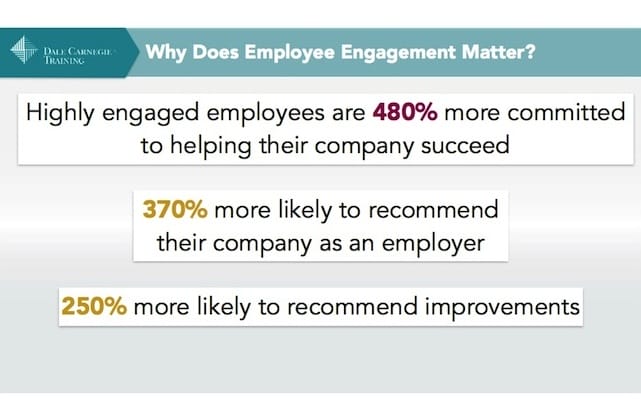
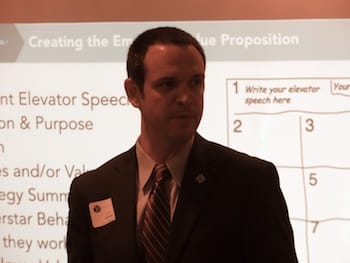
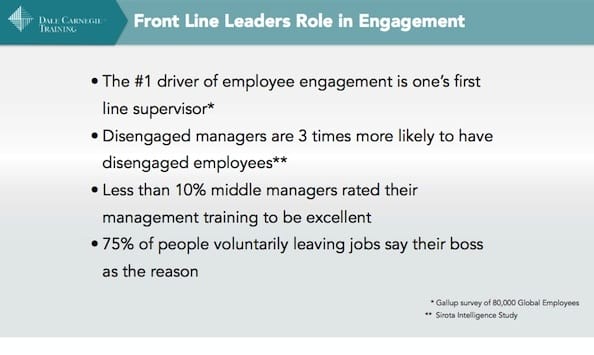


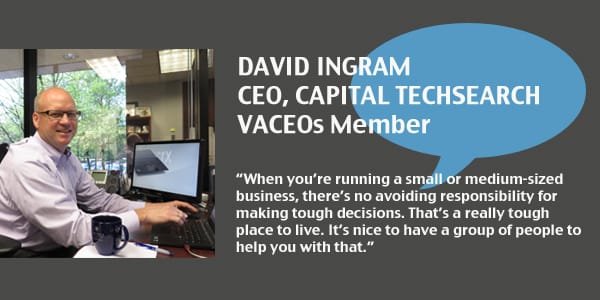
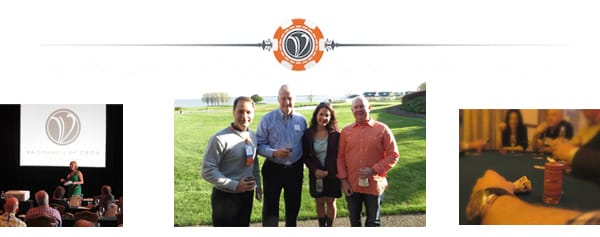
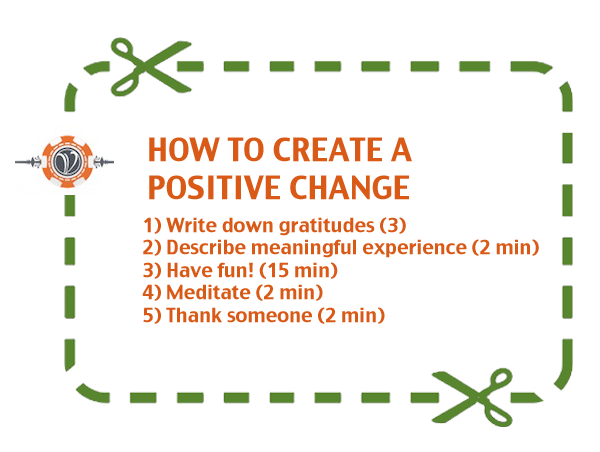
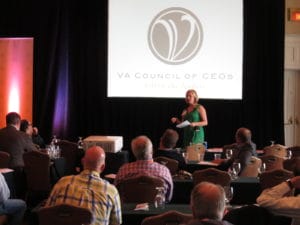

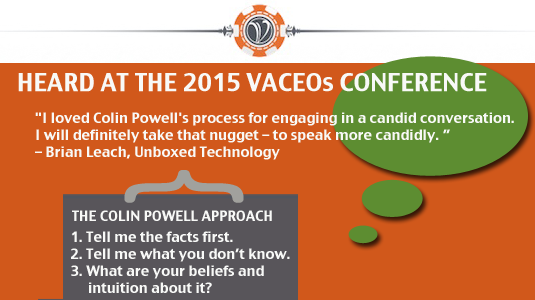
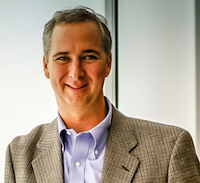

Recent Comments